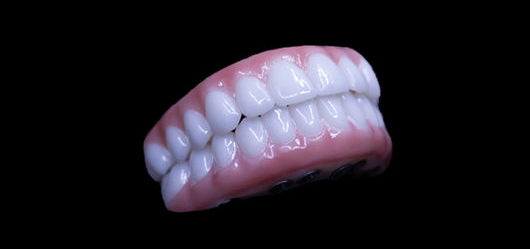The Ultimate Guide To Dental Sense
The Ultimate Guide To Dental Sense
Blog Article
The 3-Minute Rule for Dental Sense
Table of ContentsThe Best Guide To Dental SenseThe Dental Sense DiariesWhat Does Dental Sense Do?Not known Details About Dental Sense
are medical tools operatively dental implanted into the jaw to recover an individual's ability to eat or their appearance. They give assistance for artificial (fake) teeth, such as crowns, bridges, or dentures. When a tooth is shed because of injury or illness, an individual can experience difficulties such as quick bone loss, faulty speech, or changes to eating patterns that cause discomfort.Oral implant systems consist of a dental implant body and dental implant abutment and might also consist of an abutment addiction screw. Dental veneers cost. The dental implant body is operatively placed in the jawbone in place of the tooth's origin. The dental implant joint is typically connected to the dental implant body by the abutment addiction screw and prolongs via gum tissues into the mouth to support the connected man-made teeth
(https://profile.hatena.ne.jp/dentalsense1/)Structure of The Dental Implant System choosing dental implants, speak to your oral service provider regarding the possible advantages and dangers, and whether you are a candidate for the procedure. Things to consider: Your general health is an essential element in establishing whether you are a good candidate for dental implants, how much time it will certainly take to heal, and how long the implant might stay in area.
Cigarette smoking may impact the healing process and lower the long-lasting success of the implant. The recovery process for the implant body might take a number of months or longer, throughout which time you typically have a short-term abutment instead of the tooth. the oral implant treatment: Very carefully comply with the dental hygiene directions offered to you by your dental provider.
The Best Strategy To Use For Dental Sense
Implant failing can cause the demand for an additional medical treatment to fix or replace the dental implant system. Recovers the capacity to eat Restores aesthetic appearance Assists keep the jawbone from reducing because of bone loss Protects the health of the surrounding bone and gum tissues Aids keep nearby (close-by) teeth steady Enhances lifestyle Damages to bordering all-natural teeth during implant placement Injury to the surrounding cells throughout surgical procedure, such as sinus opening Injury throughout surgical procedure (for instance, fracture of surrounding jawbone) Poor feature, such as seeming like the teeth do not bite with each other normally A feeling that the tooth is loosened or turning in area resulting from a joint screw loosening up Implant body failure (looseness of the dental implant body) because of systemic infection, which may be more probable in people with unchecked diabetics issues due to local infection in bone and periodontals supporting the implant body because of delayed recovery, which might be most likely in clients who smoke Difficulty cleaning up the periodontals around the dental implant, leading to bad oral health Unattended periodontal illness Post-surgical pins and needles as a result of nerve impingement or damage Always inform healthcare providers and imaging specialists that you have dental implants before any kind of magnetic vibration imaging (MRI) or x-ray procedures.
FDA is not familiar with any damaging events reported for MRI or x-ray treatments with oral implants. Oral implants systems are generally made of materials that comply with global consensus criteria of the International Organization for Standardization (ISO) or ASTM International. These standards have details of what makes a secure material.

An oral implant is a framework that changes a missing out on tooth. With screw-like gadgets, the surgeon inserts an implant into the jawbone, and it acts as a support for an artificial tooth, called a crown.
The Basic Principles Of Dental Sense
Some people are not qualified for dental implant surgical procedure. It is for dental cosmetic surgeons to operate people with: acute illnessuncontrollable metabolic diseasebone or soft cells disease or infectionIf these problems are solved, an individual can have the surgical treatment. In, oral specialists refrain from operating people with: If individuals with any of the above go through dental implant surgical procedure, there is a higher risk of the dental implant falling short.

Dental dental implant surgical procedure is a personalized procedure. Provide you time to heal. Affix the message and final crown, bridge or denture.
Next, your doctor will meticulously position the oral implant right into your jaw. Lastly, your surgeon will certainly rearrange your gum tissues and close the laceration with stitches. If your implant is near the front of your mouth, your dental professional will certainly make a temporary tooth for you to use till you heal. In this way, you will not have a void in your smile while you recoup.
5 Easy Facts About Dental Sense Explained
Your service provider can tell you what to expect in your scenario. During the healing stage, your jawbone must fuse to the dental implant. This procedure, called osseointegration, is critical for security and long-lasting success. This process can take anywhere from 3 to nine months. In some instances, it may take much longer.
Once your implant heals, your dentist can attach the abutment (tiny connector post) and your last remediation click resources (crown, bridge or denture). This generally takes about one hour to finish and may call for a 2nd minor surgical treatment. You shouldn't feel any type of pain during your dental implant treatment due to the fact that your service provider will make use of medicine to numb your periodontals.
Report this page